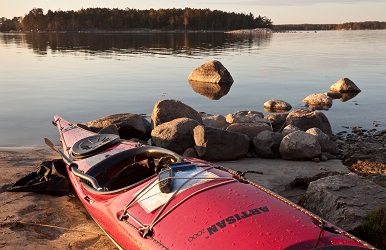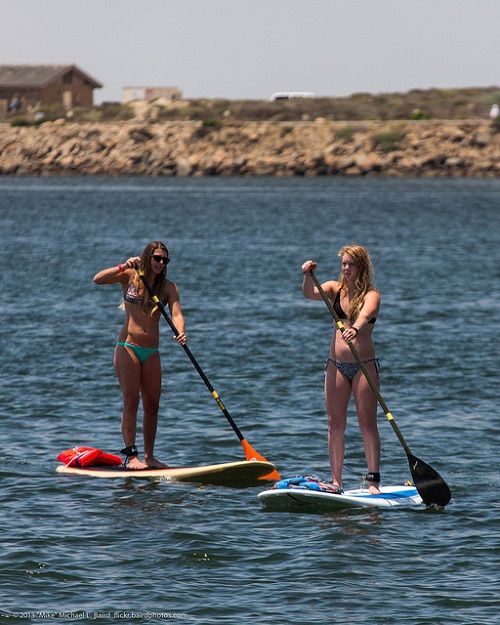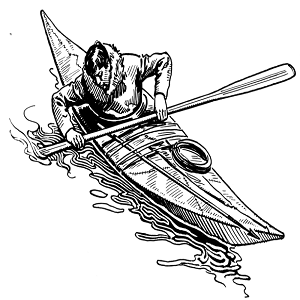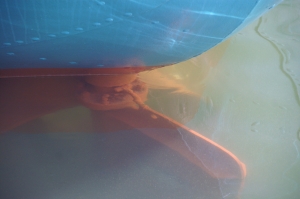The most stable type of kayak are the touring kayaks. These yaks are longer and more stable than sea or white-water kayaks. The low centers of gravity help them track well in harsh, rough waters. However, even touring kayaks are prone to capsizing. Learning how to prevent your kayak from flipping can make the difference between staying dry and getting wet.
How to Stop Your Kayak from Flipping in 6 Easy Steps
Step 1: Make sure that all of your gear is evenly distributed inside the kayak to keep it balanced. The weight should be distributed from length to length and width to width. When you are sitting straight up, the kayak should be perfectly level.
Step 2: The first stroke you need to know is the low brace. This stroke will help you when your kayak has tilted significantly. Brace your legs on the inside of the kayak and place your paddle horizontal to the deck. The blade of the paddle should be parallel to the water. Tip your kayak sideways until the paddle touches the water. Move your hips towards the blade to stabilize the yak and keep it straight on the water.
Step 3: The next stroke you need to know is the high brace. Place your paddle at shoulder height with your elbows underneath it. The front blade of the paddle should be parallel to the water. Lean over so the kayak starts tipping. When the blade hits the water, move your hips towards that blade to right the kayak.
Step 4: Make sure you don’t go kayaking during bad weather. If the surf is going to be high or the wind will be howling, it might be a good idea to stay on shore. Both wind and waves could cause your kayak to flip.
Step 5: Instead of paddling around the waves, paddle directly into them. When a wave hits a kayak from the side, it is much more likely to flip.
Step 6: Whenever your kayak feels like it is about to flip, use either the high or low brace. Both strokes are effective at stopping your kayak from flipping.




